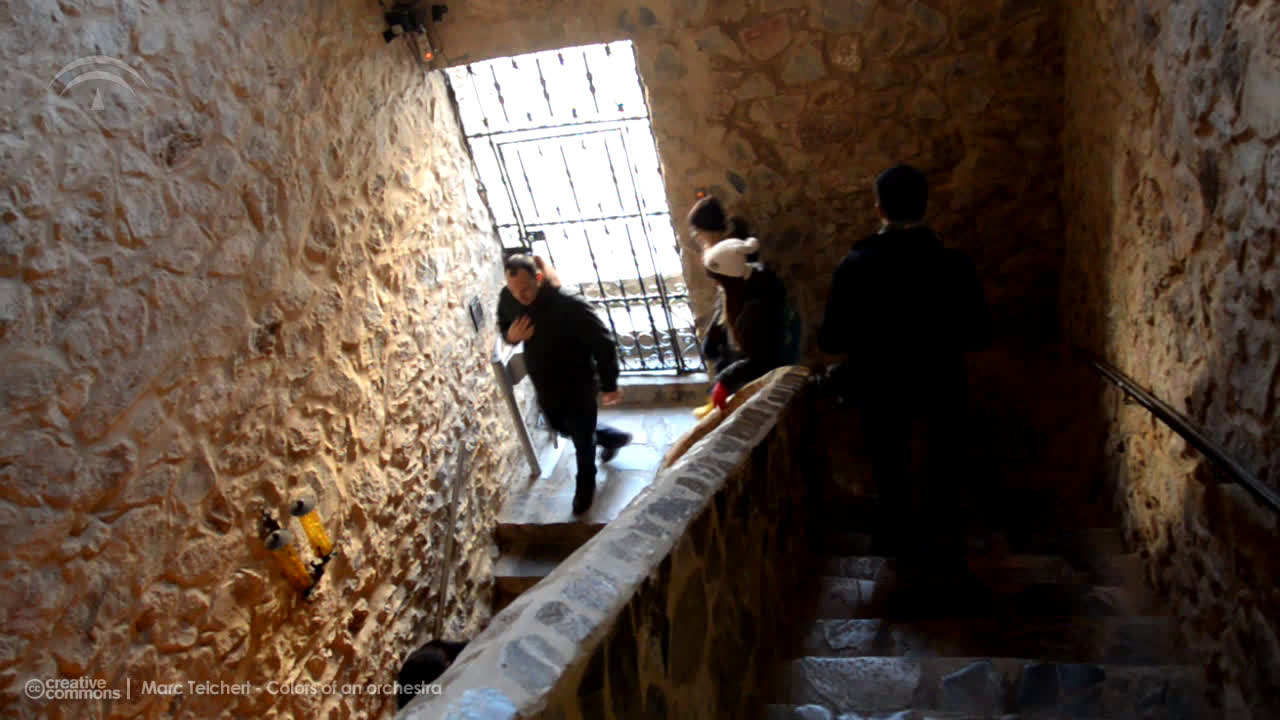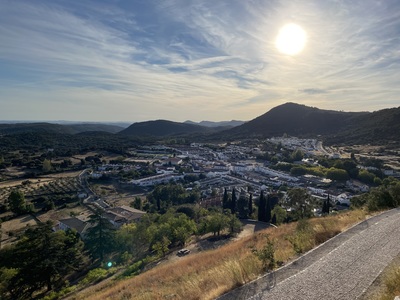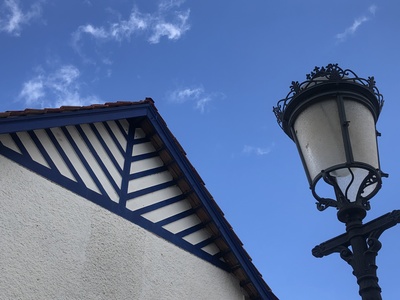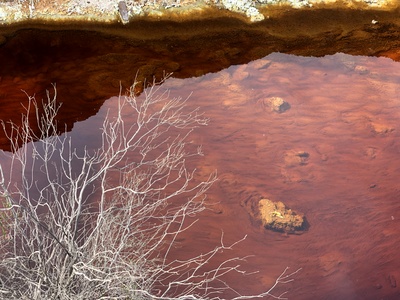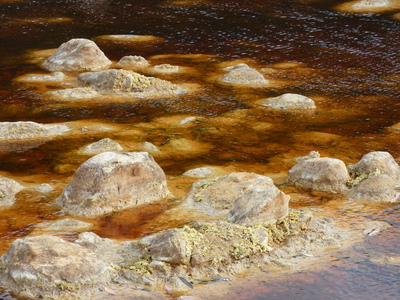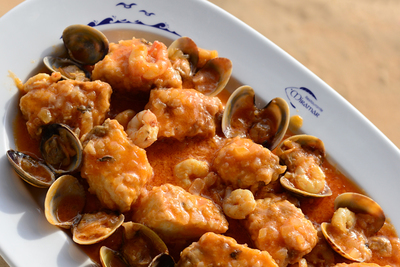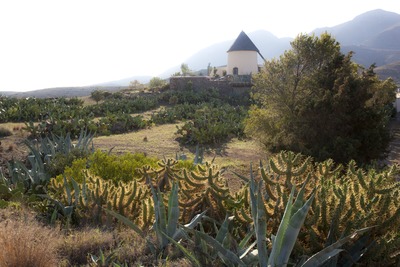The Juan Ramón Jiménez "literary walk" around Moguer
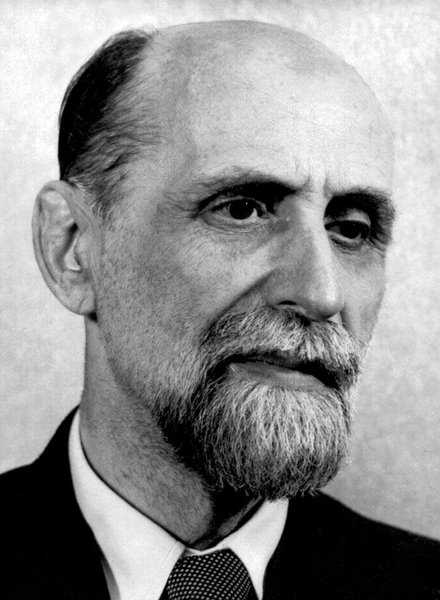
First Andalusian to win the Nobel Prize for Literature, he lived his life in his home town
Juan Ramón Jiménez (Moguer, Huelva, 1881 - San Juan de Puerto Rico, 1950)
Platero's friend
Poet in verse and prose, he was the first Andalusian to win the Nobel Prize in Literature in 1956 "for his lyrical poetry that constitutes an example of deep spirituality and artistic purity in the Spanish language".
Late 23 December 1881, Juan Ramón Jiménez Mantecon was born in Moguer, in the "large house" on Calle Ribera. This place would leave a mark on both his childhood and the rest of his life.
Moguer is one of the keys to his poetry. Its importance is shown in the book Moguer, and, of course, in prose texts like Platero y yo, among others. The years he spent there between 1905 and 1912 were the most fruitful in his literary career.

Juan Ramón and Moguer
Moguer represented for Juan Ramón Jiménez his life and poetic centre and it was a constant reference point throughout his lifetime. Moguer is "that white wonder", "light with time inside”, an epicentre, birthplace and paradise. It is linked to his childhood, his Mamá Pura, to the fields of Platero, to his first love (Blanca Hernández-Pinzón). In his adolescence, Moguer was a place of rest for his nervous concerns and a quiet setting for literary creation that resulted in Platero y yo. The years he spent there between 1905 and 1912 were the most fruitful in his literary career.
He lived his entire life in his hometown, which is where he was buried alongside his wife, Zenobia Camprubí Aymar. His home town was declared a Place of Cultural Interest in the Historic Site category.
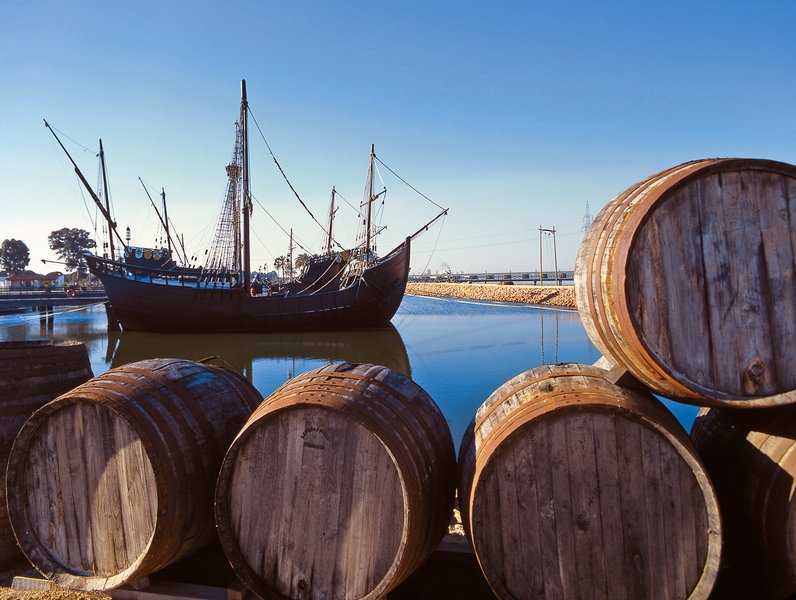
Birth House
The poet's Birth House is an interesting building constructed during the last third of the 19th century, situated at Calle de la Ribera, number 2 and it is registered in the General Catalogue of Historic Andalusian Heritage.
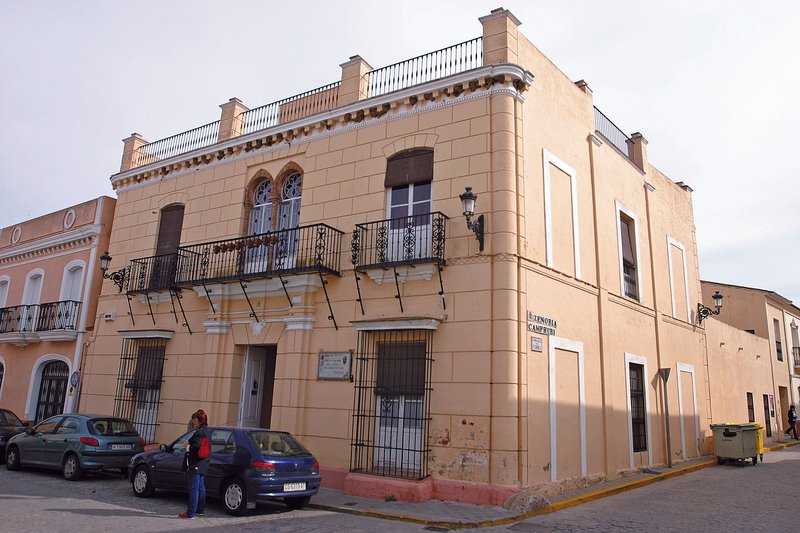
Here, as a child Juan Ramón would imagine his "navy blue house", which was the colour of his childhood, adorned with fleeting imprints that were captured in some prose texts like Moguer, Josefito, Figuraciones, Entes y sombras de mi infancia and Platero y yo, among others.
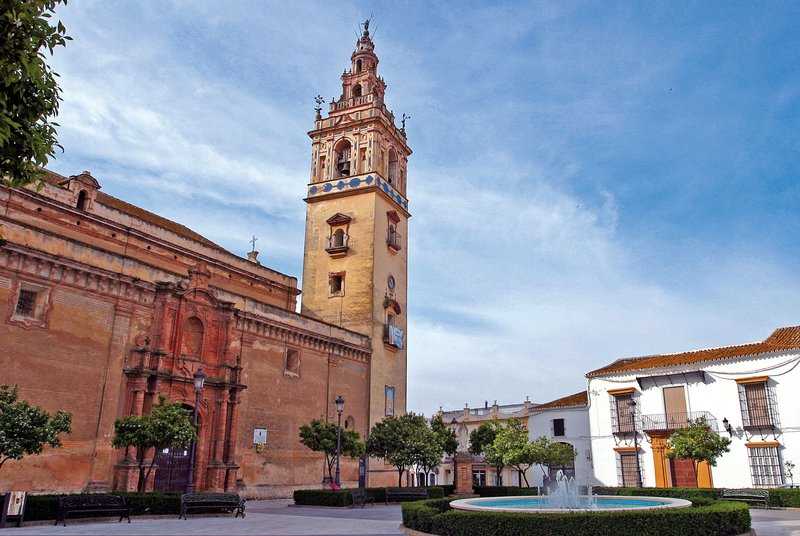
The house where he was born was situated on what was then the main street in the town, because Moguer, without a train and a road that was to connect with the general road from Seville to Huelva, had to negotiate its commerce through the Tinto River. The writer said that from the turret of the roof terrace he could see the river and the marsh, the the bell towers and gables of Moguer, those of the churches of San Francisco, Santa Clara Monastery and Santa María de la Granada and he said he could even glimpse the sea at the confluence of the two rivers, the Tinto and the Odiel.
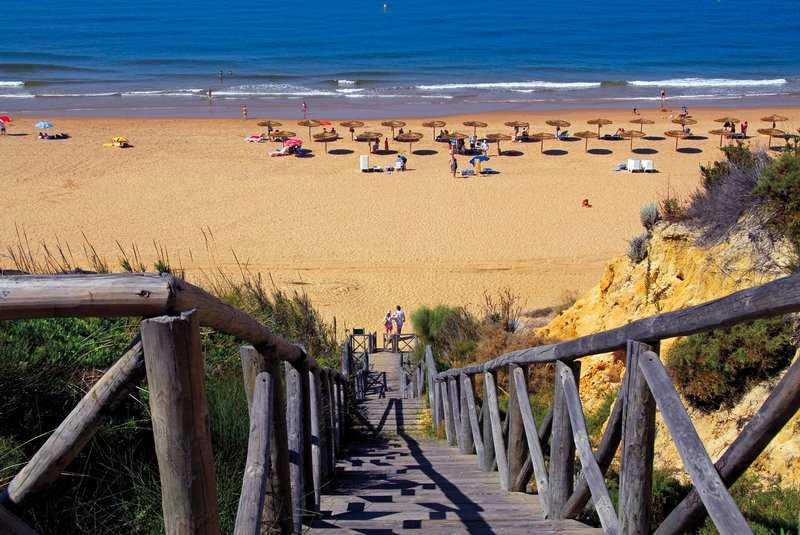
House-Museum. Foundation.
The building dates back to the 18th century and was restored by the Jiménez family in 1885. Its creation as House-Museum commenced in the year the Nobel Prize was awarded to Juan Ramón Jiménez: 1956.
It still preserves his library, in addition to the furniture and other necessities of the writer's apartment after he went into exile.
It is a two-storey house with a typical Andalusian nature: it has a central courtyard covered with a glass roof, another patio outdoors and corrals where the stables and a bronze statue of Platero by sculptor León Ortega are found. The ground floor comprises seven rooms dedicated to housing the poet's private library, and his newspaper and periodicals library, which is of incalculable value with its more than 7,500 magazines and 4,000 books. It also contains the Centre for Studies on Juan Ramón Jiménez, with its reading and conference rooms and the offices of the Foundation.
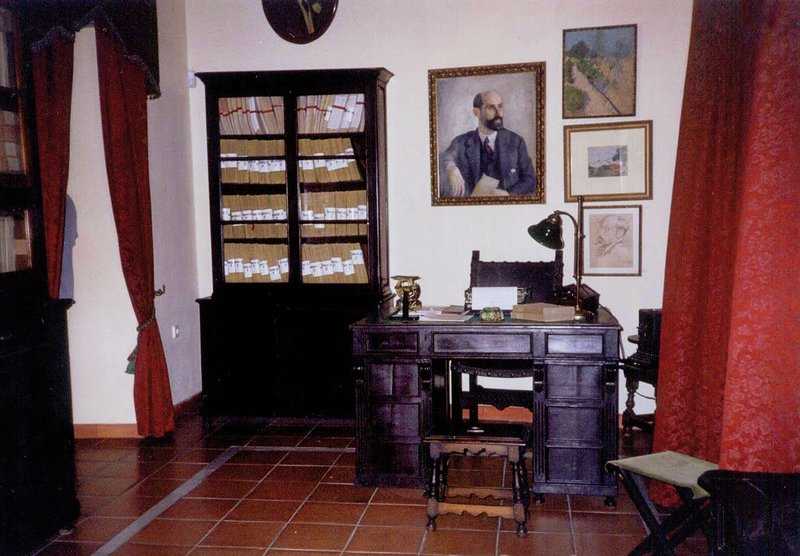
The great marble staircase, which is dominated by a large portrait of the writer, leads to the upper floor, which has nine rooms that open onto a corridor-gallery that encircles the central courtyard, conserving its original structure. The first room in the right wing exhibits in a glass cabinet multiple translations of Platero y Yo, editions for bibliophiles dedicated by Juan Ramón to Moguer, the first edition of Platero y Yo (1914), his first edited book, Almas de Violeta (1900), his desk and his typewriter. In a privileged location in the house, overlooking the lounge and hanging above the fireplace in a frame, is the original telegram that informed the poet he had won the Nobel Prize for Literature.
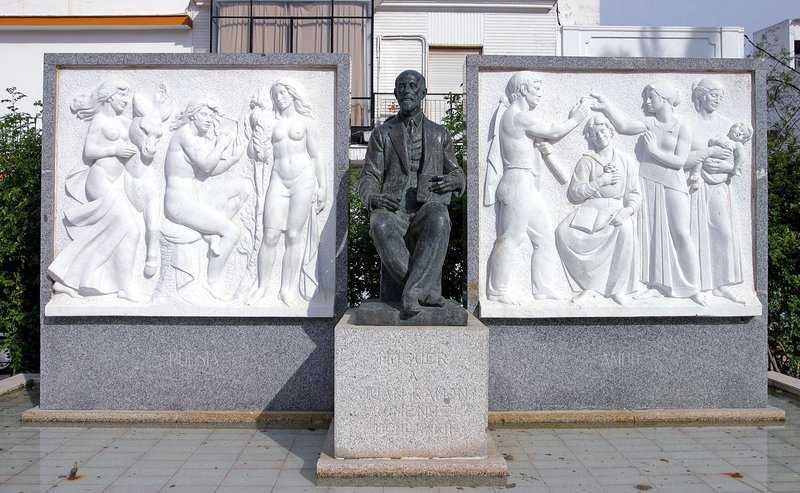
Parish Cemetery
Next to the transept, in the courtyard of San Pedro, is the mausoleum of Zenobia and Juan Ramón. It is a work of granite made in 1959, one year after the death of the poet.
The cemetery is a place that was widely recreated by the writer in his work.
After his stay in Seville, when he returned to his town, Juan Ramón Jiménez began writing his first story and, like any true romantic, he felt very comfortable in the cemetery that he said was the most universal in Moguer.
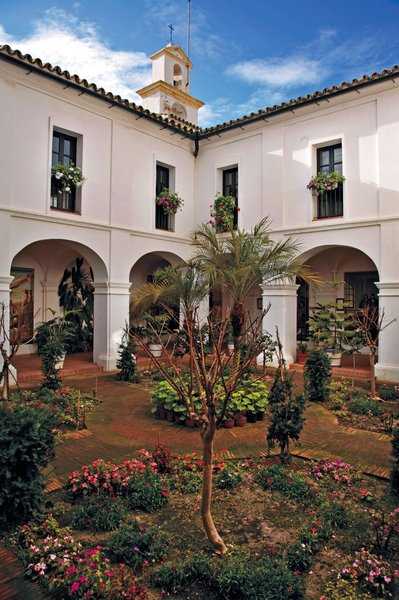
Literary walks around Moguer.
Follow the course of the commemorative tiles dotted around the streets of Moguer:
Walk 1: Calle Ribera - corner of Calle Zenobia Camprubí - Calle San Francisco - Plaza San Francisco - Calle Castillo.
Walk 2: Calle del Sol - Calle Reyes Católicos - Plaza del Pescado - Plaza Nuestra Señora Montemayor - Callejón de la Sal.
Walk 3: Calle Fuentes - Calle Calera - Calle Monturrio - Calle San José - Calle Nueva/Juan Ramón Jiménez - Calle A. Borrego - Calle de la Aceña -Street that leads to the Río Seco - Cemetery.

